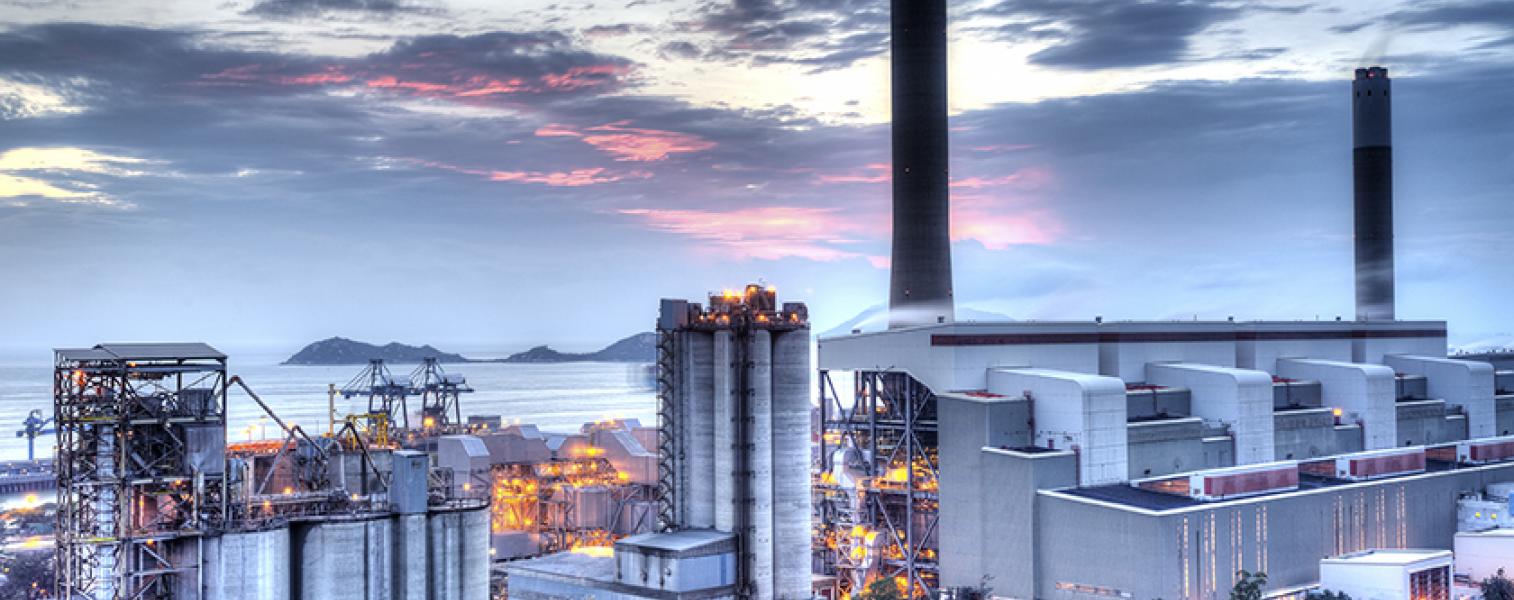When Does Zero Liquid Discharge Make Sense?
How do you know if ZLD is appropriate for your organization? Ultimately, you’ll want to consult wastewater professionals like the experts at DMP Corporation to determine the specific benefits and requirements of a ZLD system in your plant. But first, you should consider the factors that compel manufacturers to reuse every ounce of wastewater.
You don’t have a nearby discharge point.
If you do not have a sewer connection, dumping liquid waste is not an option. Even if you treat the contaminants to eliminate as many solids as are required by law, it can still be painfully expensive to transport that liquid waste to an appropriate discharge location. By upgrading your wastewater solutions to a ZLD platform, you only have to ship solid waste, which is much easier to manage.
Your source water requires significant treatment.
When your location and industry requires you to treat incoming process water to ensure it’s at the level you need for your operations, it may be worth your while to reuse as much of your wastewater as possible. ZLD allows you to recover nearly all the water that goes through your plant and recycle it. Because you’ve already treated that water, you don’t need to spend time and money preparing it for use on the front end.
Your operations call for more water than you can buy.
Let’s say your daily processes require 100,000 gallons of water, but the municipality will only allow you to purchase 50,000 gallons. Then you’re faced with a conundrum: Cut your production and lose business, or try to find and ship water from some other location. Instead, you can lean on ZLD to recover the water you use and supplement it by purchasing new water only when necessary.
The town has strict water processing regulations.
Sometimes factories that open in a new area fail to identify town water guidelines. Unfortunately, other factors get in the way – so when the plant attempts to discharge all of its liquid waste, it comes as a surprise that the town won’t allow the full amount. By eliminating the need for liquid waste discharge altogether, ZLD overcomes these town ordinances.
You can apply economies of scale.
For small batches of wastewater, ZLD might not make sense because it still requires several different technologies, each with its own overheads and associated costs. But as your wastewater increases, the cost of ZLD does not scale the same way. In other words, ZLD becomes more cost effective as wastewater streams grow. On the other hand, ZLD can also make sense for small batches of extremely contaminated wastewater, for which the expenses for transporting liquid waste are high.
These five conditions may indicate your factory is a good candidate for ZLD, but like all wastewater treatment solutions, it goes on a case-by-case basis. The best answer is to work with wastewater treatment professionals like DMP Corporation to determine how your factory will benefit from ZLD. By and large, manufacturers that undergo a ZLD transformation can also market themselves as a green organization that doesn’t release chemicals into the environment and works to reuse as much water as it possibly can.
